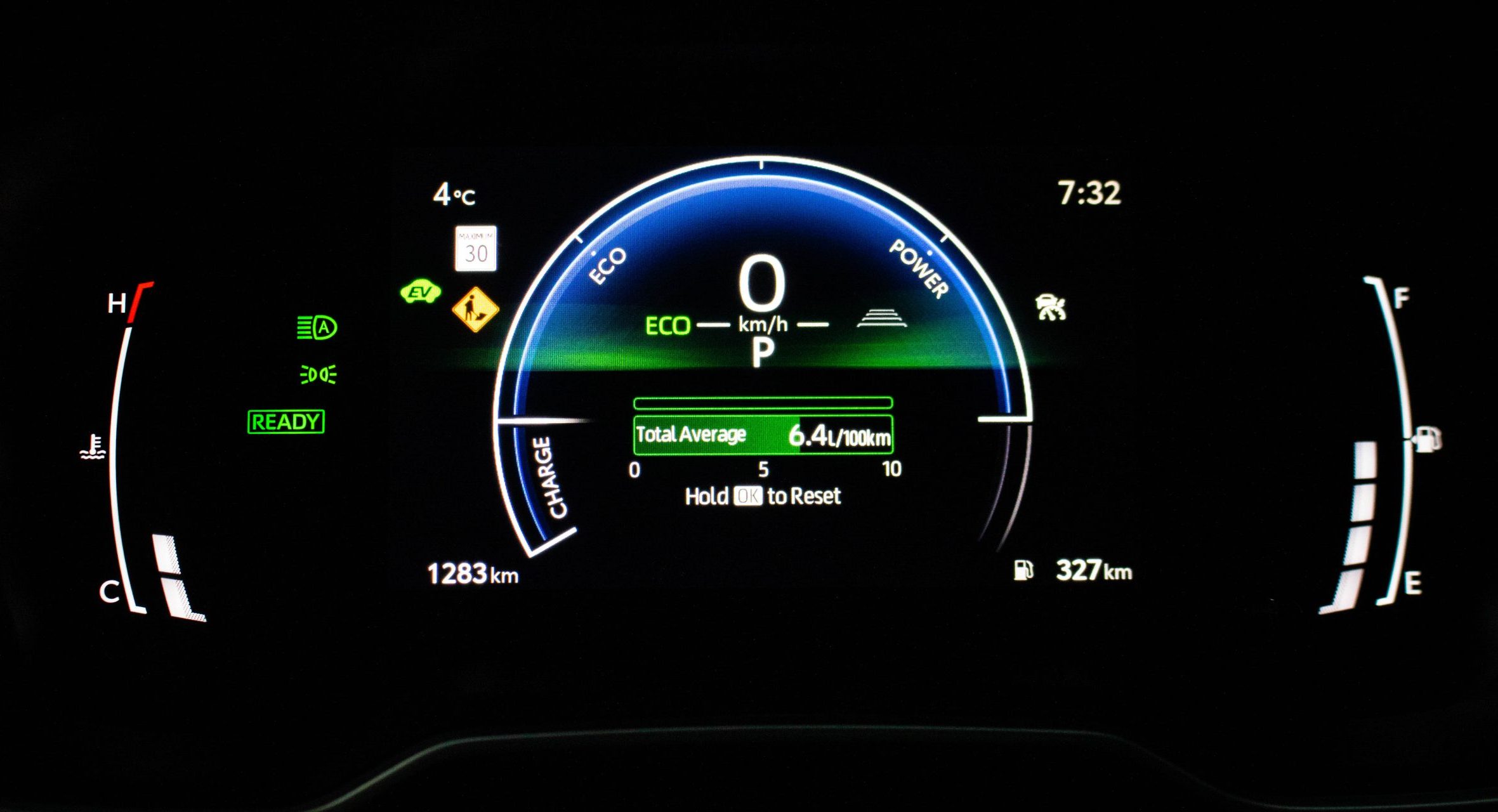We’re more than a decade into advanced driver assistance systems becoming commonplace, yet it’s still a subject automakers seem to be figuring out. Some drivers like them, some drivers turn them off, and others have specific pet peeves. The car industry analysts at AutoPacific recently published a study on consumer sentiments toward and experiences of advanced driver assistance systems, and there seems to be a common thread: Drivers don’t like nagging, hyperactive, occasionally unreliable assistance systems.
Interestingly, distracted and drowsy driver monitoring systems drew the fewest fans, with only 34 percent of respondents saying they liked using these systems and 18 percent saying they didn’t. After experiencing a whole load of these systems, I kinda get it. Some driver monitoring systems just don’t work well with sunglasses, and some systems seem incompatible with secondary control operation. The Volvo EX30 is particularly bad because everything’s in the touchscreen, so if you need to turn off your heated seat, you’re likely to get a warning chime from the driver monitoring system. That’s just flat-out bad design.
AutoPacific’s qualitative data seems to support this theory about driver monitoring system unreliability, with the firm writing, “In addition to complaints about it not working properly, nearly half of those who didn’t like Distracted or Drowsy Driver Monitoring complain of not being able to adjust or change the sensitivity.”

Speed limit warnings run in a similar vein of unpopularity, with only 40 percent of users saying they liked it and 17 percent saying they didn’t. While many speed limit warning systems suffer from inaccuracies, AutoPacific notes that the disdain is “mostly due to annoying nagging reminders and beeping alerts.” When everyone around you is speeding and you’re trying to keep up, I can see those alerts getting old.
Another common complaint seems to be advanced driver assistance systems that are overly aggressive at times, with AutoPacific writing, “When asked about feedback on Rearward Automatic Emergency Braking, one of the top wanted ADAS features, some of those who have used it voiced concerns about the braking action being too abrupt or harsh, and the sensing too sensitive.” Again, I’ve experienced this with vehicles triggering automatic emergency braking or nagging me at inappropriate times, such as while driving slowly through a tight garage opening, approaching a rise in the road after descending a hill, or backing into my driveway when there’s obviously no pedestrian traffic on the sidewalk.

In contrast, the two highest satisfaction scores are for technologies that pretty much everyone would agree are helpful. A whopping 88 percent of drivers with parking sensors say they like them, while 83 percent of drivers with blind spot cameras like using them. It’s obvious those are two systems designed to be helpful in certain scenarios in the first place, and the chance of errant intervention is fairly low.
Beyond the demand for systems that help rather than distract or nag, there’s a more interesting overarching trend that AutoPacific notes. Demand for advanced driving assistance systems has stagnated. This doesn’t bode well for higher levels of autonomy in privately owned vehicles, as there isn’t a ton of proof right now that consumers want their cars to intervene more in everyday driving.

Perhaps the most amusing thing picked up by this study is the disconnect between the number of people who want night vision and the number of people with night vision who actually use it. According to the study, 59 percent of drivers want some sort of night vision system, but only 11 percent of drivers with that system actually use it. I suspect part of it’s due to implementation, with most night vision displays taking over digital gauge clusters and forcing drivers’ eyes off the road.
At the end of the day, this study suggests that advanced driver assistance systems should use some common sense: Drivers want technology that works and treats them like adults. They don’t like excessive intervention or nagging, and they’d rather systems not intrude any more than necessary.
Top graphic image: Thomas Hundal
Support our mission of championing car culture by becoming an Official Autopian Member.

-
Yet Another Study Shows That Driver Assist Systems May Be Doing More Harm Than Good
-
Flashing Lights Can Also Cause Cars To Have ‘Digital Epileptic Seizures’
-
GM Just Recalled The Chevrolet Equinox EV Because Its Radar Cruise Control Might Not Hit The Brakes
-
Reflective Safety Clothing Might Make You Invisible To Some Automatic Emergency Braking Systems: IIHS
-
Is Tesla Miscounting Crashes To Make Autopilot Seem Safer? New Study Suggests It Might Be
Please send tips about cool car things to tips@theautopian.com. You could even win a prize!




I’m with you that auto braking systems could better adjust their reaction intensity based on speed (if I’m doing 5mph, no need to SLAM on the brakes just because I’m pulling into my small garage).
However, I maintain that the people who complain about blind spot warning or lane centering type nagging are just telling on themselves for being bad drivers. I still see a dozen people a month who can’t even remember to turn their freaking headlights on when it’s dark; some of these drivers need all the help they can get, and dare I say many of these features are designed because so many drivers don’t pay enough attention.